Does your heart break every time you hear your dog whine as you leave the house? You’re not alone. Many dog owners face this emotional challenge, and the sound of a dog’s whine can feel like a direct line to our emotions. But fear not, there are effective strategies to help your furry friend feel more at ease when you’re not around. Let’s delve into ways to prevent your dog’s separation whining and create a more peaceful environment for both of you.
Understanding Separation Anxiety in Dogs

Separation anxiety is more than just a little whining; it’s a serious condition that affects many dogs. Imagine being left alone in a strange place without understanding why or when you’ll see your loved one again. That’s what a dog with separation anxiety feels. They may bark, whine, or even destroy things out of sheer panic. Understanding this behavior is the first step towards helping your dog. It’s not about defiance; it’s about fear and confusion. Recognizing the signs early can make a big difference in how you approach the situation.
Creating a Safe Space for Your Dog
Your dog needs a sanctuary, a place where they feel safe and secure. Think of it as their personal retreat. This could be a cozy corner with their favorite blanket or a crate that feels like a den. Dogs are den animals by nature, so a crate can provide comfort. Make this space inviting with toys and familiar scents. When your dog associates this area with positive feelings, they’ll be more likely to relax when you’re away. Remember, the goal is to make them feel safe, not confined.
Developing a Departure Routine
Dogs thrive on routine, and having a consistent departure ritual can ease their anxiety. Start by practicing short departures and gradually increase the time you’re away. When leaving, avoid dramatic goodbyes. Instead, keep it calm and consistent. You might say a simple phrase like “See you later,” and then leave. This helps your dog understand that your departure is a normal part of the day, not a reason to panic. Over time, this routine will signal to your dog that everything is okay.
Exercise and Mental Stimulation
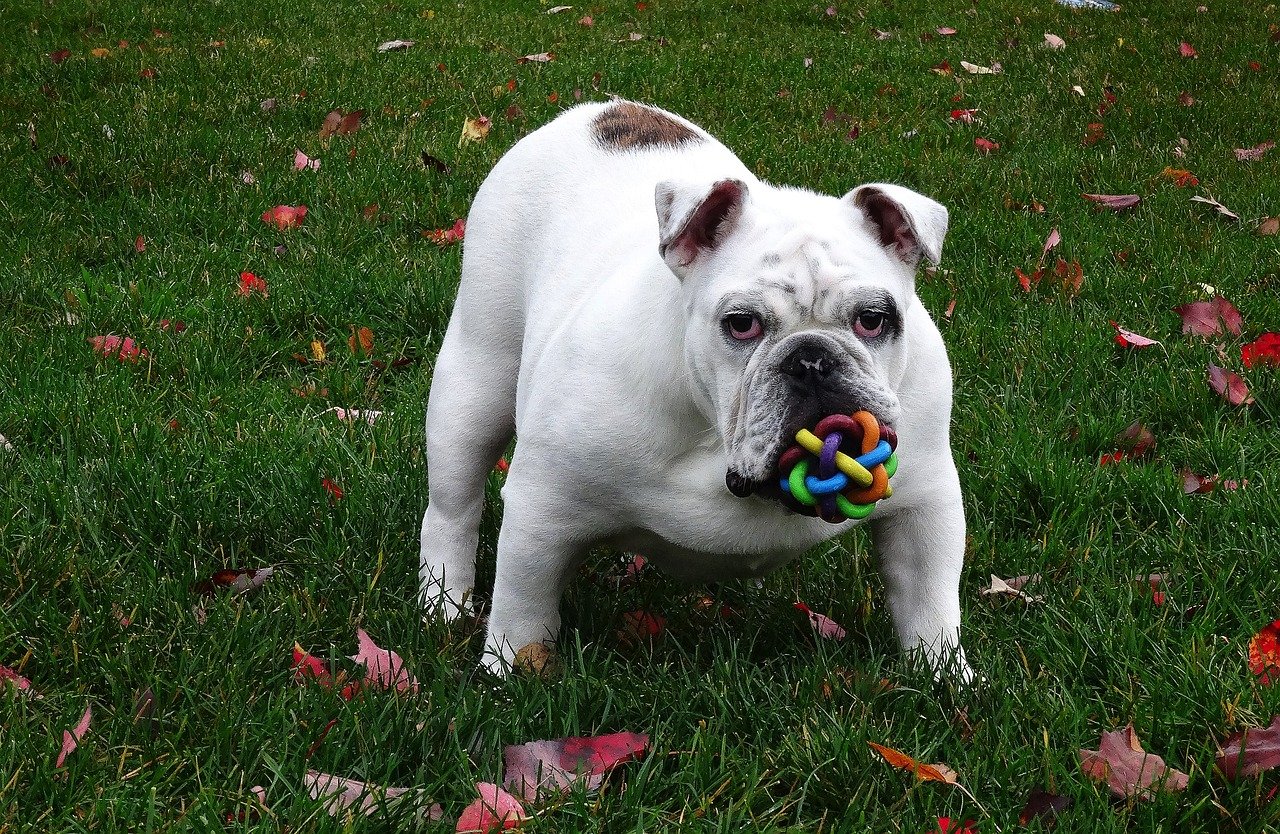
A tired dog is a happy dog. Before you leave, ensure your dog gets plenty of exercise. A long walk or a game of fetch can burn off excess energy and reduce anxiety. Mental stimulation is equally important. Puzzle toys or treat-dispensing gadgets can keep your dog’s mind occupied while you’re away. Engaging their senses prevents boredom and anxiety, making them less likely to whine or act out. Think of it as giving them a puzzle to solve while you’re at work.
Using Comforting Sounds
Silence can amplify a dog’s anxiety, making them feel more alone. Background noise, like leaving the radio or TV on, can provide comfort. There are even playlists designed specifically for dogs that feature calming music. These sounds mimic the natural environment and can soothe your dog. It’s like having a gentle lullaby playing in the background, reassuring them that they’re not alone. Experiment with different sounds to see what works best for your furry friend.
Desensitization Techniques
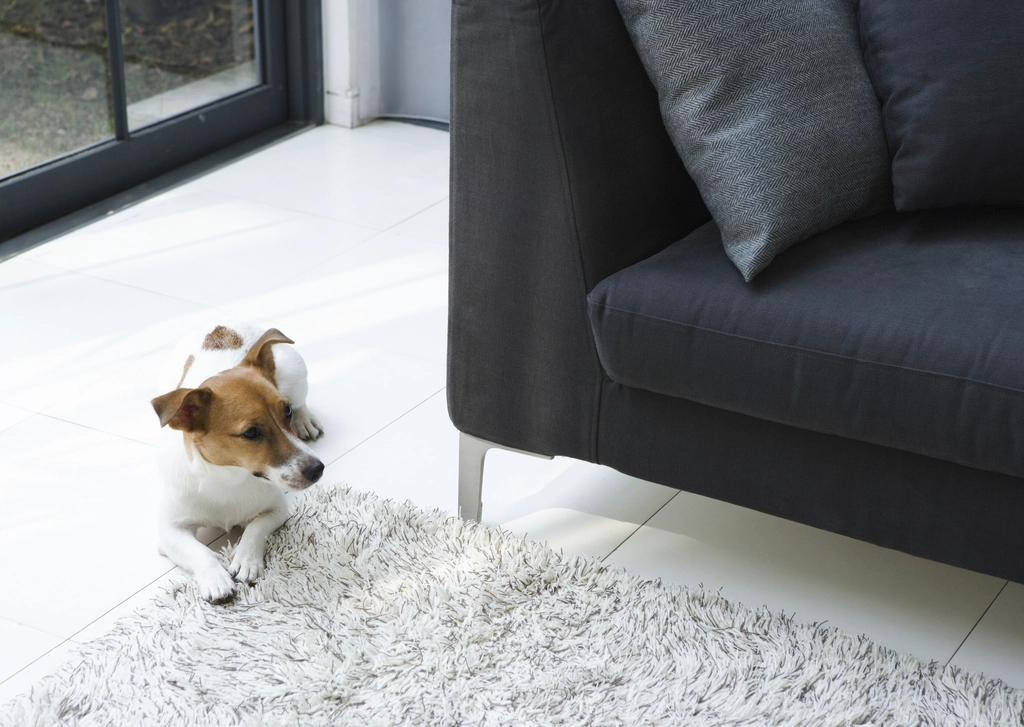
Desensitization involves gradually exposing your dog to the triggers of their anxiety in a controlled way. This might mean practicing putting on your coat and picking up your keys without leaving the house. By doing this repeatedly, your dog will start to see these actions as normal and not a precursor to being left alone. It’s about breaking the association between these cues and your departure. Patience is key here, as it can take time for your dog to adjust to these changes.
Positive Reinforcement Training
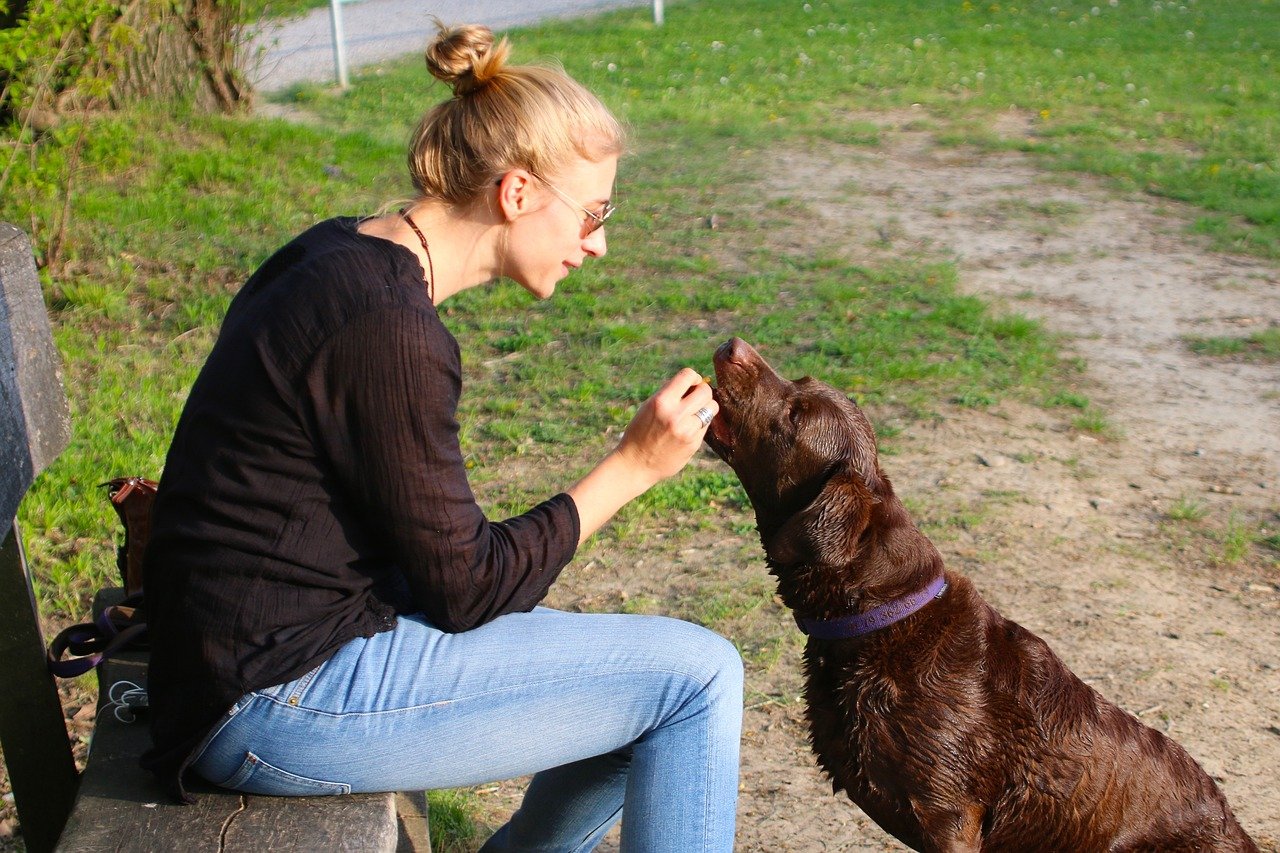
Positive reinforcement is a powerful tool in changing your dog’s behavior. Reward your dog for calm behavior with treats, praise, or playtime. When they see that staying calm earns them rewards, they’re more likely to repeat that behavior. Focus on rewarding the good, rather than punishing the bad. This approach builds trust and strengthens your bond, making your dog feel more secure. It’s like giving them a gold star for good behavior, encouraging them to keep it up.
Seeking Professional Help
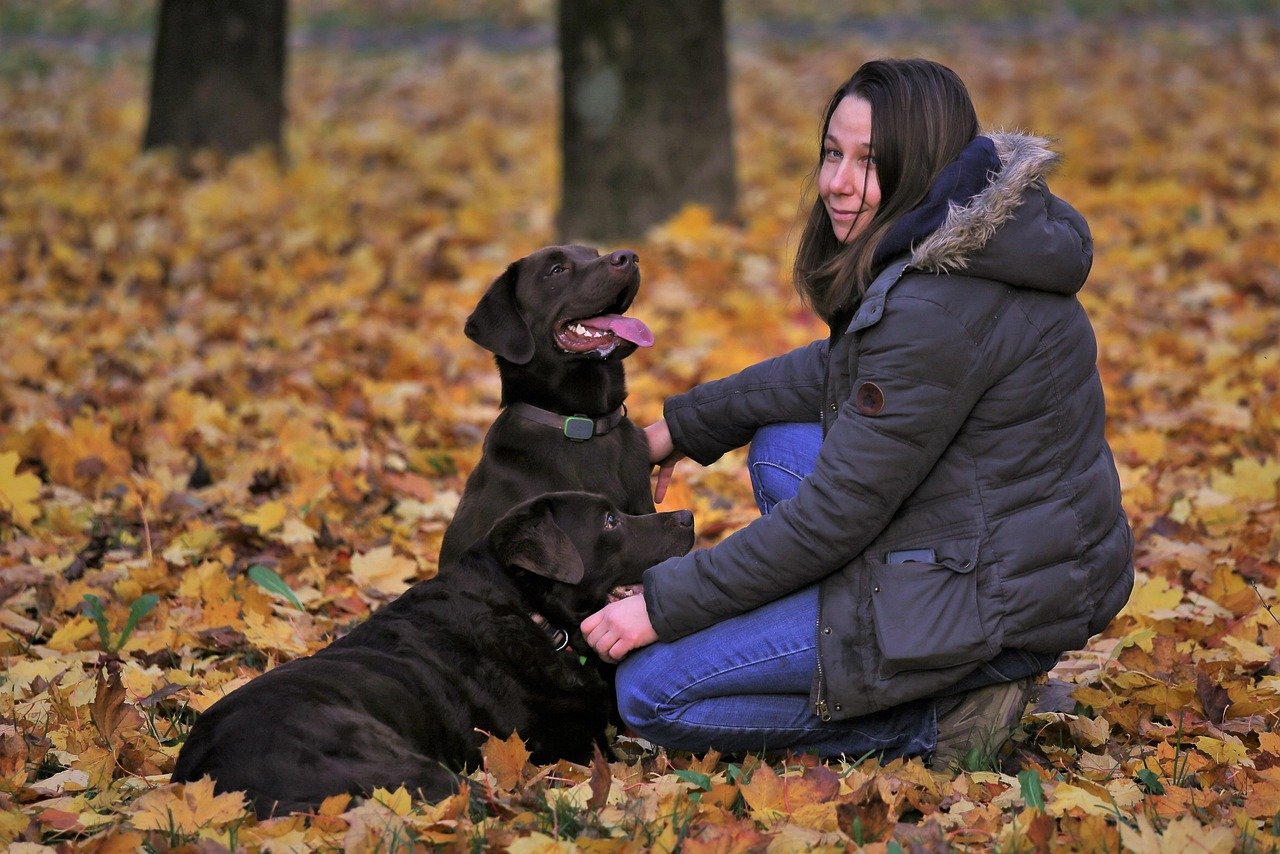
If your dog’s separation anxiety is severe, don’t hesitate to seek professional help. A veterinarian or a certified dog trainer can provide guidance tailored to your dog’s needs. They may suggest behavior modification techniques or even medication in extreme cases. Professional help can offer a fresh perspective and solutions you might not have considered. Remember, seeking help is a sign of love and commitment to your dog’s well-being.
Using Calming Products
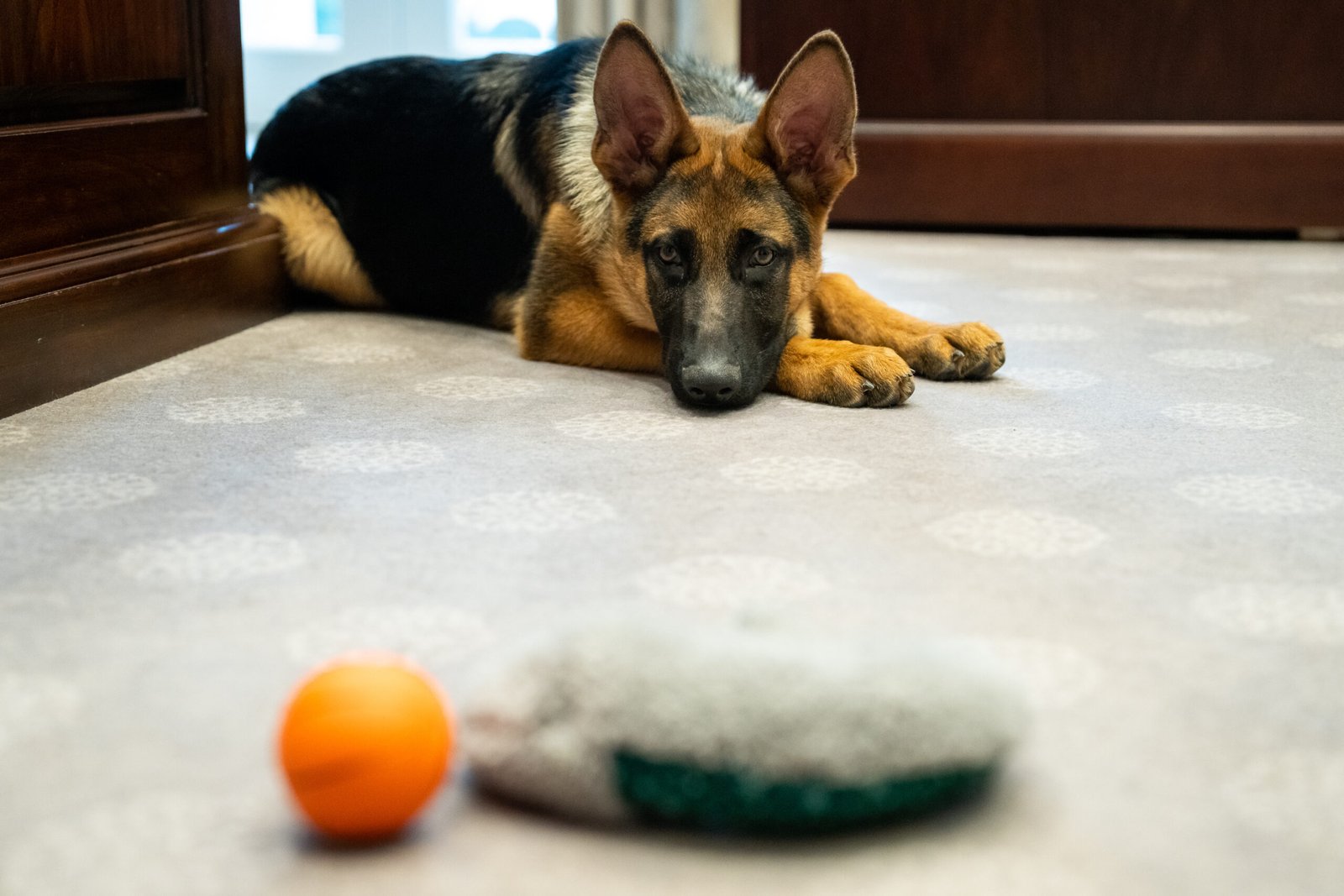
There are various products designed to help calm anxious dogs. These range from pheromone diffusers to calming collars and anxiety wraps. These products work by mimicking natural calming signals, helping your dog feel more at ease. While they may not work for every dog, they can be a helpful addition to your anxiety-reduction toolkit. It’s like giving your dog a gentle hug, providing comfort and reassurance during stressful times.
Building Confidence in Your Dog
Building your dog’s confidence can reduce their anxiety over time. Engage them in activities that challenge them and allow them to succeed, such as obedience training or agility courses. As they gain confidence in their abilities, they’ll be less reliant on your presence for reassurance. It’s about showing them that they can handle the world even when you’re not right there. Confidence-building is a journey, but it’s one that can lead to a happier, more secure dog.
In conclusion, tackling your dog’s separation whining requires a blend of understanding, patience, and the right strategies. By creating a safe environment, establishing routines, and offering mental stimulation, you can help your dog feel more secure in your absence. Remember, every dog is unique, and what works for one may not work for another. Be patient, and don’t hesitate to seek professional help if needed. What steps will you take today to help your furry friend feel more at ease?
Jen is a passionate nature lover and ocean conservationist. She has dedicated her life to protecting the environment and preserving the beauty of the natural world. Growing up in a small coastal town, Jen sincerely appreciated the ocean and its inhabitants. She has spent countless hours exploring the shoreline, learning about the creatures that inhabit the waters, and advocating for their protection. Jen is an active member of ocean conservation organizations, and she is committed to educating the public about the importance of conserving wildlife and the natural environment.





